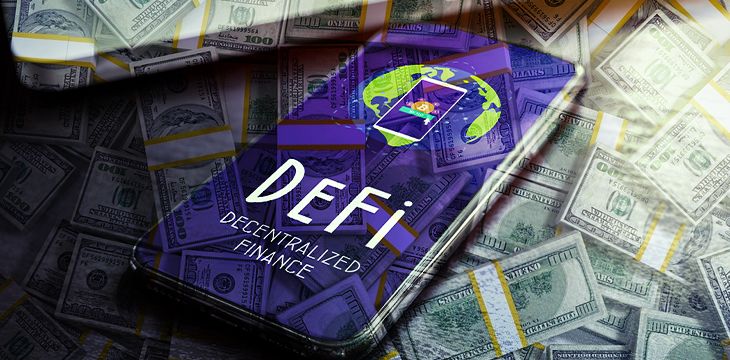The DeFi market has substantially grown over the years. Starting from scratch with nothing, DeFi has already mushroomed to become a multi-billion dollar industry. People’s dependence on FinTech is evidently on the rise, and with the trend set to become even more robust, the decentralized finance industry is primed to reap direct benefits.
Where is the money in DeFi coming from?
Now, it is known that liquidity providers, stakers, and lenders are fetched with returns for parking their funds. But have you ever pondered upon where the money is coming from? Well, there are a few legitimate income sources.
Trading fees
The fees paid by traders to trade different asset pairs are one significant income stream. These fees, however, go to liquidity providers. For their part, LPs earn via both sustainable [trading fee] and unsustainable [incentivized rewards] means.
However, a significant chunk of the rewards are funded by token inflation and are not sustainable. More so since there’s no external revenue backing these rewards. Explaining the repercussions of the same on a Twitter thread, Magik Invest’s Shivsak Huja tweeted:
The trading fee earned, as such, is a part of the ‘real’ revenue. Why? Because users are paying a trading fee for the services provided by the liquidity, and the fund flows are organic. After bringing to light the different fee amounts charged by various platforms, Huja asserted that “none” of the said amount goes to token HODLers.
Transaction fee for services
The fee paid to a service protocol comprises the transaction fee, bridge fees, fund management fee, platform fee, and other similar fees that fall under this category. This, per Huja, is again “real money” because people have paid for the platform’s service.
Borrower interest
Defi loans enable users to lend their crypto to someone else and earn interest on the loan. Interest from borrowers is another “real revenue” source for platforms, even though most of it goes to lenders. A portion of the same is, however, retained by the protocol. Highlighting how to calculate the same, Huja tweeted,
“The actual $ that the protocol gets to keep and share with token holders = interest from borrowers – interest paid to lenders.”
Word of caution
For users, it is always important to look at the bigger picture. If something offbeat is noted, then it is essential to exercise caution. If the revenue relies entirely on new token buyers, that is a red flag. Alongside, for instance, if the protocol doesn’t work without a rewards token, even that is not a healthy sign. Highlighting why the Astaria’s Joseph Delong elucidated:
Also, revenue is merely one side of the coin and doesn’t give a complete picture of the money flow. Expenses are incurred alongside, which should be borne in mind by investors.





